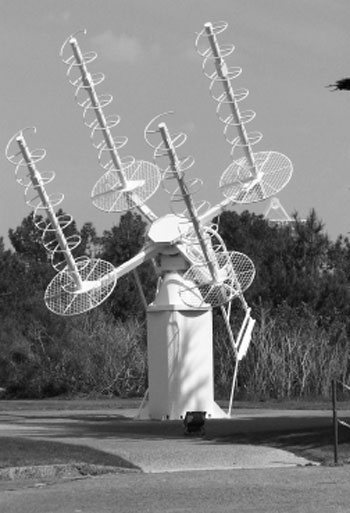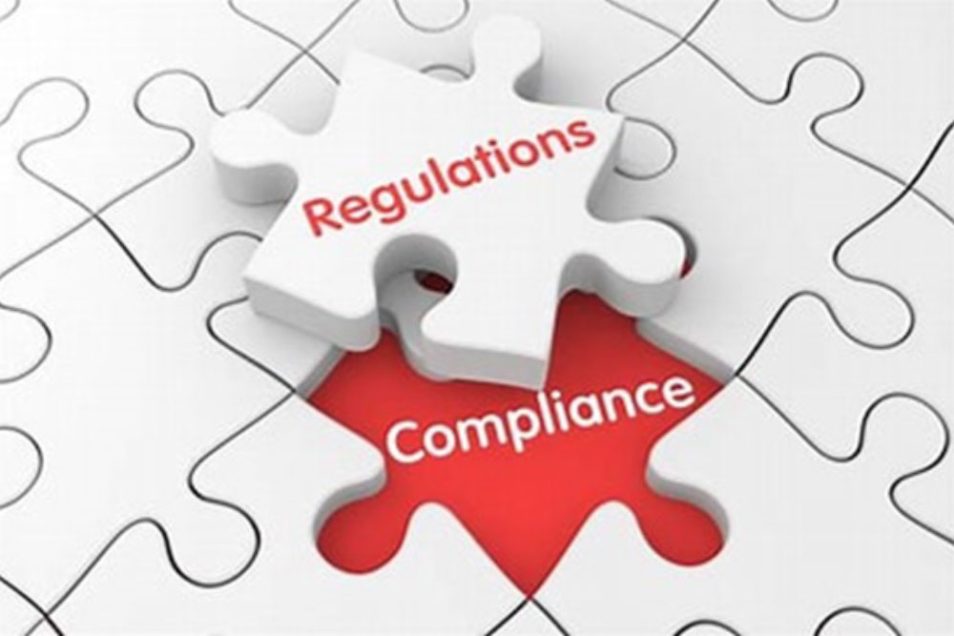Tech Talk
Product Compliance
By Armando Martinez
Product Compliance has many facets and is an integral part of product development. HARMAN has a dedicated team of professionals whose main objective is to ensure products comply with internal and external requirements as defined by the applicable standards. This article shares some of the areas that the Engineers, PMs, QA and Compliance Team work on, which in turn, help to make better products.
As our level of awareness increases and more requirements are included by the various outside agencies, internal HARMAN requirements are updated on a regular basis. Due to that perspective, there is always a continuous improvement applied to product development. Years ago, the applicable industry standards were mainly regarding Safety and EMC (radio emissions), however, over time, these standards have evolved, extending into materials, energy, environment and sustainability.


SAFETY
“Safety” is pertaining to making sure the product is ‘safe’ for the end-user to use; that the user will not get injured by exposure to mains voltage, electrical shock or burnt by exterior portions of the SKU getting very hot. Previous standards were technology-based creating segmentation between products, i.e., the type of product or segment it was used in caused the need for different standards and then making sure the proper one was applied. Now however, the latest standards have transformed into hazard-based, which is the case of the IEC-62368 standard, by merging previous 950 and 60065 standards into one now applied to ITE and Audio products. The good news from the Engineering perspective is that requirements across the globe are being harmonized, meaning more and more regions/countries are following the same standards or at least trying to converge into the same standards or regulations. There are still some exceptions where minor deviations apply, and that is why we make sure to get compliance certifications for the various region markets the products will be selling in.
Product design from its conception must take into consideration all the applicable requirements. The design and engineering teams have a good understanding of what is needed to make products safe; internally making sure potentially hazardous areas are kept isolated, so the end-user is not exposed to any potential hazard, not only during normal use, but also under abnormal operating conditions. The current standards are designed with those cases in mind.
One example would be preventing the user from being exposed to high leakage current. Naturally you want to avoid lethal levels of exposure, but even a small leak of current could cause a user to react or pull back or fall, so the product must be designed so there is no interaction from the product to the user, whether it be voltage/current or even hot surfaces, acceptable levels in standards take these into account.

EMC
FAST AND FASTER
EMC (ElectroMagnetic Compatibility) is becoming far more predominant in our lives as we move forward with more and greater wireless technology, an environment which creates higher chances for interference (EMI or ElectroMagnetic Interference) between devices. Due to this, there is a lot of effort behind every product to meet the guidelines defined by the EMC standards.
With the advances in technology that provide connectivity and streaming services, our active speaker systems and Wi-Fi/Bluetooth enabled electronics products need to be able to perform in this environment. In the case of latest active speaker systems, they have at least two radios sharing the same spectrum, with also more and more household devices sharing parts of the same spectrum. Using the example of the basic principle of good neighbors, respecting the right to co-exist with minimum interference, the latest RF technologies are provided with better survival skills helping to avoid interference, e.g., frequency hopping. Unfortunately, some old radio technologies like AM and FM do not have the same agility, and since those technologies are still in use, rules of co-existence must be followed.
Faster devices mean higher clock rates, due to the digital nature of our systems. Fundamental frequencies are in the MHz band, but there is also harmonic content from the clocks that normally extend beyond the fundamental frequency that can have an interference effect. The applicable standards care how much of these signals leak in the form of radiated or conducted electro-magnetic energy to the surroundings, potentially affecting other systems in their vicinity. Our products need to be designed to minimize this radiated or conducted electro-magnetic energy.
An interesting fact from an EMC seminar is the story about a car in Florida experiencing issues that could not be duplicated at the dealer’s service department. The owner was experiencing the same issue over and over. A more in-depth evaluation found that a pirate radio station was transmitting nearby, affecting the car when the owner was home but not at the dealership. In this instance, the car design was susceptible to interference. Similarly, a non-compliant device might lose signal or reception becomes degraded in the presence of “something”. This illustrates the importance of having products comply to the latest industry regulations and standards.

SIGNALS
INTERFERENCE
There are many areas within a circuit that can become parasitic elements with unwanted paths for clocks and signals of a circuit finding their way to adjacent components or even moving outside the system through wires or other connections. Design Engineers do a great work minimizing these effects either by following EMI guidelines, or in the extreme case full containment by shielding, mainly to eliminate potential RF interference that might affect other products and sometimes the product itself.
For instance, let’s assume that a device is operating at a very high frequency rate, and for this example, let’s say device uses 100mW of power. Also assume that just a very small portion of that power, let’s say one millionth of the total energy used by it, is dissipated in some sort of Electromagnetic Energy.
Running a quick computation, the electric field strength derived from it at 1meter could reach easily ≈1.0mV/m
Even though the frequency is far away, harmonics derived from it could become close in level to a radio’s sensitivity (which is lower as AM radios could be in the 1uV/m range), therefore if in proximity AM/FM receivers become targets for those potential “space invaders”.
From the previous example, the difference in signal strength between radio sensitivity and the potential interference is like comparing the height of a 2meter tall person (radio signal sensitivity) with a peak that extends 2000meter from sea level (interference). Of course, is not only magnitude, but there are also other factors, but this gives a general idea of the potential issues that could be affecting a product during its “normal” use.
FINAL COMMENTS
Compliance, internal and external, is a critical component of new product development; requiring the involvement of the entire team, from Design to Qualification to Compliance Engineering, working together to verify that our products are safe and compliant to the latest industry standards. This ensures that we and our end-users can enjoy them in a very safe manner.

